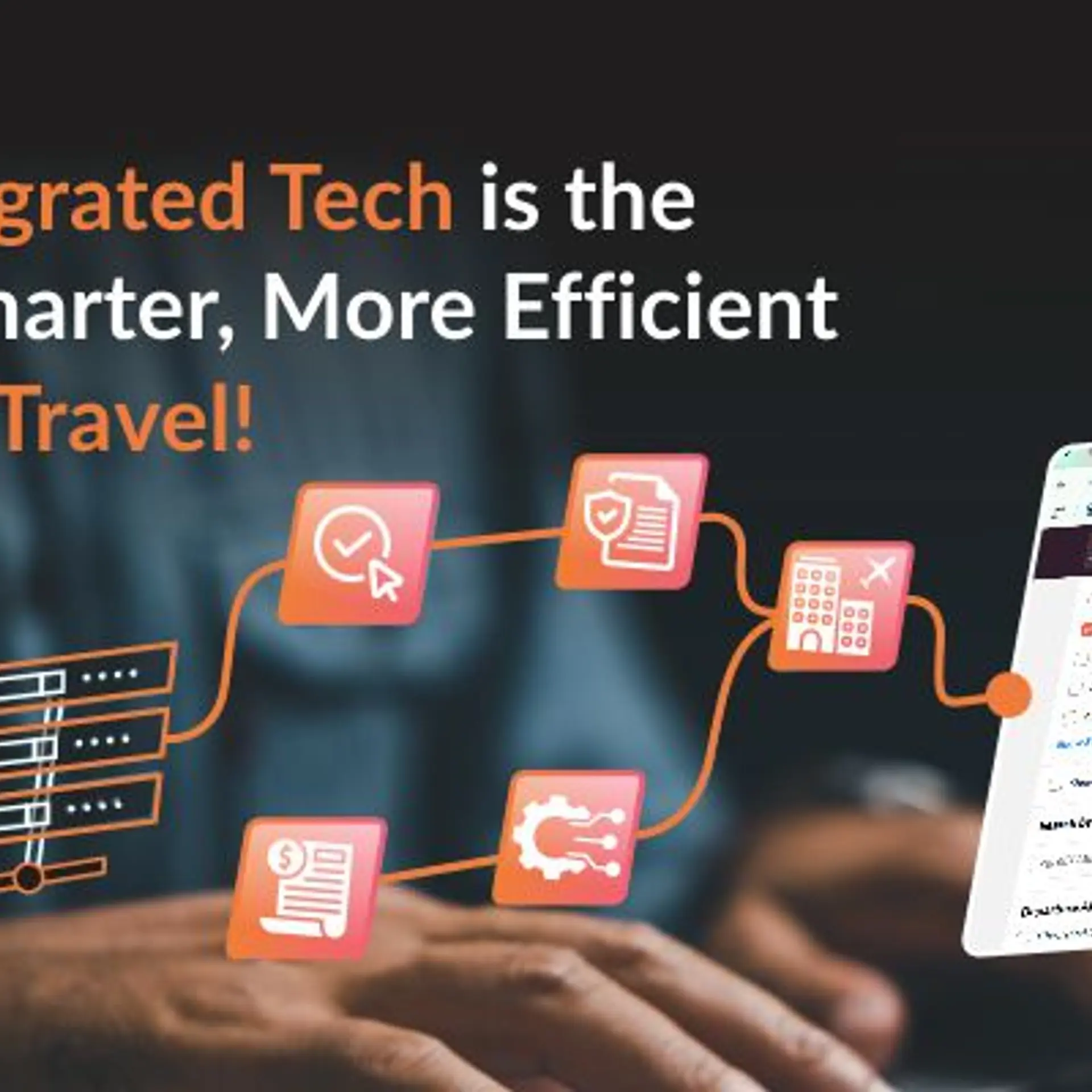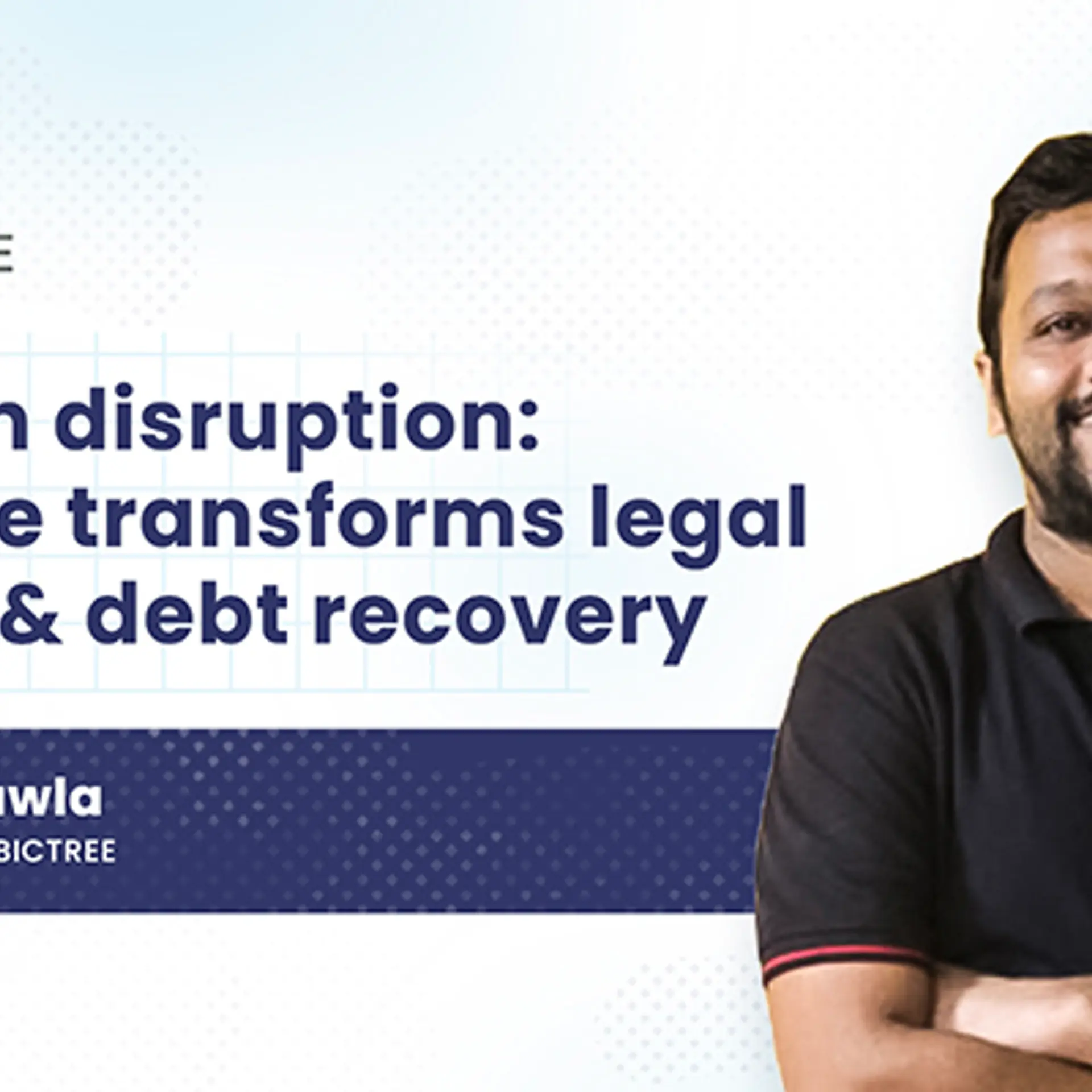How AI-powered enterprise workflow can transform customer experience
As AI becomes more accessible and mainstream, it is imperative that businesses kickstart their own experiments with the latest emerging AI technologies and explore the opportunities they offer to transform customer experience.
Businesses thrive when the customer is happy and loyal. As simple as it may sound, this task is profoundly complex because customer satisfaction does not end at one successful interaction; it is rather an ongoing process. Further, as the number of customers grows, it becomes more challenging for companies to maintain a seamless customer experience.
Surprisingly, even when it is considered a performance metric, customer experience (CX) remains a vastly untapped revenue vertical. As Tony Hsieh (former CEO of ) said, “Customer service shouldn’t just be a department, it should be the entire company.”
According to McKinsey, organisations that worked towards enhanced customer experience saw a notable upswing in sales revenues, with an increase ranging from 2-7% and a corresponding boost in profitability by 1-2%.
Now, the key element to ensuring a great experience relies on gathering, organising, and recording all start-to-end data gathered from the customer journey and analysing it to offer a personalised, omnichannel, empathetic solution that aligns brand goals with its needs. The entire process, traditionally done manually, is very time-consuming and fraught with potential fractures.
It is not just the technology that has changed; consumers have too. About 68% of consumers are ready to pay extra for a great experience. They want everything to be quick and on the platform of their choice. Most modern consumers are happy to deal with virtual assistants and other AI-supported self-service, if that helps them get to the solution of their problem faster, and want to talk to an agent only when all approaches fail.
Enterprise workflow automation
The integration of artificial intelligence (AI) technology and methodologies into various business processes and workflows inside an organisation is referred to as AI-powered enterprise workflow. To automate and optimise repetitive processes, improve decision-making, and increase overall productivity and efficiency, it makes use of AI algorithms, machine learning, natural language processing (NLP), computer vision, and other AI capabilities.
By integrating data with customer service systems, AI-powered enterprise workflow makes it easier to create, deploy, and maintain automation workflows, enabling outstanding experiences. It also helps break down the data silos and work in tandem with other enterprise software like sales, marketing, and HR.
Organisations can connect to different systems effortlessly, collect information, and take real-time actions based on customer data and context. Specific triggers can also be managed across different platforms, increasing the cost and time efficacy of customer experience processes.
The recent advances in generative AI and LLM technologies have opened up a whole range of possibilities for enterprises to make their CX more seamless and scalable, and I will outline some of those possibilities below. Furthermore, one additional advantage of AI-powered enterprise CX workflows is that it frees up employees to focus on areas that are urgent and require a human/personal touch.
Generative AI and CX
Generative AI refers to a class of AI technologies that can generate text, images, audio and video. Built using complex neural network models trained over massive-sized datasets, they have the ability to understand natural language inputs and generate human-like text or audio, virtual avatars and assistants, images, video and more.
Arguably, one of the most well-known examples of generative AI technologies is OpenAI's ChatGPT, based on the GPT model (Generative Pre-trained Transformer), an LLM (large language model) AI that can answer queries conversationally, write resumes, create article outlines, summarise research papers, and a range of other use cases.
However, even as consumers, businesses and regulators try to understand the long-term implications, there’s an influx of similar and competing open-source LLM models such as Falcon 40B or Guanaco 65B that allow enterprises to launch their own versions of LLMs on AI-first hyperscale platforms, train them over public and private datasets, and transform their CX.
Natural language chatbots
When trained on private data, open-source LLMs can be effectively used to respond to customer queries in natural language and provide accurate responses in real-time, 24x7. This not only reduces the cost of running 24x7 customer support teams but also provides a way for enterprises to free up their employees’ time to take on more complicated customer queries that require human intervention.
Furthermore, as we start seeing initiatives like Bhashini by MeitY and the emergence of LLMs focused on Indic languages, such as IIT Madras’ AI4Bharat, AI-driven CX platforms that can potentially start improving the experience for India’s massive non-English speaking customer-base as well.
Personalised recommendations
Another emerging domain of research where AI can enhance CX by leaps and bounds is when one starts to explore the possibilities of using LLMs as recommendation systems.
With an AI model trained on customer data and having a recommender algorithm, enterprises can potentially advance chatbots and virtual assistants even further by providing personalised recommendations to customers. They can discern patterns and correlations invisible to the human eye in customer behaviour data and predict their preferences. Additionally, they can also vet through multidimensional demographics and offer best-suited recommendations, personalised rewards, and run targeted marketing campaigns to retain them.
Imagine a future where customers can simply ask for exact recommendations based on their specific purchase history instead of having to browse through pages of product listings.
Virtual speaking avatars
AI-first 'hyperscalers' have democratised access to class-leading GPUs for developers, opening up avenues to experiment and innovate at an unprecedented scale. The recent advances in generative AI have made it possible to create virtual avatars that speak and respond to customers in a language they understand.
Wav2Lip, for instance, is a state-of-the-art lip-syncing technology that uses Deep Learning to generate accurate lip movements from an input audio stream. Stable Diffusion Videos, on the other hand, allow for video generation from text prompts, which can eventually simplify product video creation as an ad.
As these AI video generation technologies become more mainstream and openly available, they create several possibilities for enterprises to create stellar CX and stand out of the clutter.
Challenges and opportunities
Organisations can effectively harness the power of AI in CX workflow. AI works on data and uses machine learning to understand interactions. So, it is absolutely crucial to ensure accuracy, lack of bias in data, relevancy, and timeliness. It helps to have a consistent conversation with the client across all channels.
With the era of AI upon us, and AI-First Hyperscalers driving down the cost of experimentation and innovation, businesses must prepare for massive shifts in how customer experience is delivered. As AI becomes more accessible and mainstream, it is imperative that businesses kickstart their own experiments with the latest and greatest of emerging AI technologies, and explore the opportunities they offer to transform customer experience. Future success and customer satisfaction will entirely depend on the seamless human-like interaction that a business can offer to its customer.
(Tarun Dua, an alumnus of NIT Kurukshetra, is Co-founder and Managing Director of E2E Networks Limited.)
Edited by Kanishk Singh
(Disclaimer: The views and opinions expressed in this article are those of the author and do not necessarily reflect the views of YourStory.)







